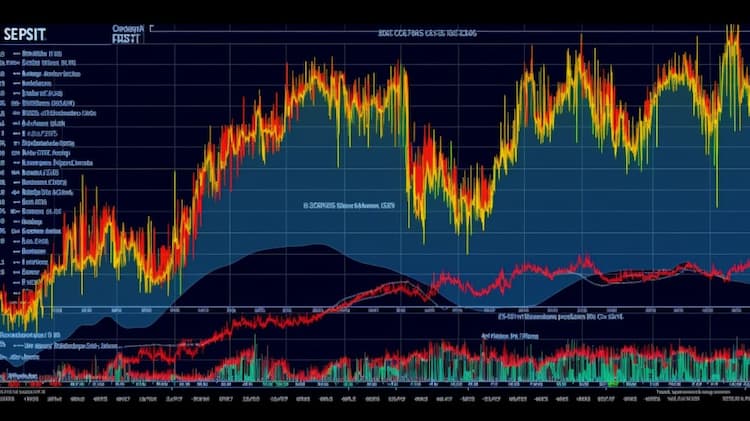
IYF VS FXO
Exchange-Traded Funds (ETFs) have gained significant popularity among investors due to their versatility and ease of access. In this article, we will conduct an in-depth comparison between two prominent ETFs: IYF (iShares U.S. Financials ETF) and FXO (First Trust Financials AlphaDEX Fund). We will explore various key aspects such as ETF tickers, full names, issuers, sectors, top holdings, capitalization, investment strategy, tracking methods, and exposure.
IYF Vs FXO: Overview
The IYF and FXO ETFs both focus on the financial sector, but they employ different strategies within this industry. IYF seeks to track the performance of large U.S. financial companies, while FXO utilizes an alpha-seeking approach to select and weight financial stocks. Understanding these distinct approaches is crucial for investors looking to align their portfolios with their financial sector preferences.
IYF Vs FXO: Sectors and Top Holdings
IYF's primary exposure lies in banking, insurance, and diversified financial services companies. Its top holdings may include well-known names like JPMorgan Chase, Berkshire Hathaway, and Visa. On the other hand, FXO's unique AlphaDEX methodology focuses on fundamental and growth factors to choose its holdings from various sub-sectors within financials. Examining the sectors and top holdings helps investors gauge their exposure to specific segments of the financial industry.
 IYF overlap IYF VS FXO
IYF overlap IYF VS FXO
IYF Vs FXO: Capitalization and Investment Strategy
The capitalization and investment strategy of IYF and FXO offer different approaches to financial sector investing. IYF, being a larger ETF in terms of assets under management, provides exposure to established financial giants. FXO's AlphaDEX methodology, however, seeks to identify financial companies with strong growth potential based on factors beyond market capitalization alone. Investors should evaluate these factors to align their investments with their risk appetite and return expectations.
IYF Vs FXO: Tracking and Exposure
IYF's goal is to replicate the performance of an index composed of U.S. financial companies, offering broad exposure to the sector. FXO employs a unique methodology that aims to outperform traditional market-capitalization-weighted indices by selecting stocks based on multiple factors. This approach results in differentiated exposure, potentially leading to different risk and return profiles compared to conventional financial sector ETFs.
Conclusion
IYF and FXO present investors with distinctive opportunities to gain exposure to the financial sector. Depending on an investor's preferences and risk tolerance, either ETF could serve as a suitable addition to a diversified portfolio. For those interested in delving deeper into the intricacies of these ETFs, as well as exploring holdings, correlations, overlaps, and other insights, ETF Insider offers an invaluable tool. With its user-friendly app, ETF Insider empowers investors to make informed decisions about their financial instrument allocations.
Disclaimer: This article is intended for informational purposes only and does not provide investment advisory services. Investing involves risks, and readers should conduct thorough research and consider seeking advice from financial professionals before making any investment decisions.
Sources:
https://www.nyse.com/index IYF ETF issuer
https://www.nyse.com/quote/ARCX:IYF IYF ETF official page
IYF quote and analysis
Discover the top holdings, correlations, and overlaps of ETFs using our visualization tool.
Our app allows you to build and track your portfolio.
To learn more about the IYF iShares U.S. Financials ETF, access our dedicated page now.
FAQ
Why is IYF better than FXO?
IYF may be considered better than FXO for some investors due to its specific focus, offering diversification.
Does FXO beat IYF?
FXO's performance relative to IYF will vary over time, depending on market conditions.
Should I invest in IYF or FXO?
The choice between IYF and FXO should align with your investment goals, risk tolerance, and desired exposure.
Are IYF and FXO good investments?
Both IYF and FXO can be suitable investments depending on individual investment strategies, goals, and risk profiles.
What is the correlation between IYF and FXO?
The correlation between IYF and FXO can vary over time, reflecting differences in performance.





